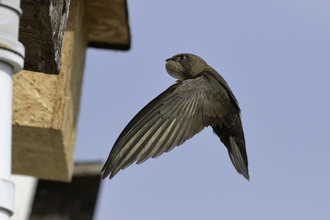At the end of March the Planning & Infrastructure Bill took it’s next step on its way through Parliament, with the Secretary of State for Housing, Communities & Local Government describing the proposals as a ‘win-win for development and for nature’, which would ‘get Britain building’ and enable action ‘not just to avoid further decline in our natural world, but to bring about improvement’.
We disagree with this position, and we want to share why we are concerned, what we think should happen next and how you can help.
The Bill’s second reading saw Labour, Conservative, Liberal Democrat and Green MPs all welcoming change, however, clearly asking for more detail behind the rhetoric and an explanation of exactly how the proposals would contribute to nature’s protection and recovery.
In our view, the Bill will alter major mechanisms of the planning system, which currently operate, albeit imperfectly, to give some protection for nature when new development is proposed. The proposals will change the process for delivering, energy and transportation infrastructure, housing and commercial development, it will change the way compulsory purchases are made and the fees charged for submitting planning applications. What is most concerning for us is the content in ‘Part III’. This is the section which effectively tears up the last lines of defence for our common and rare wildlife.
What is Part III about?
The positive intent of the Bill to accelerate and streamline the delivery of new homes and critical infrastructure projects, supporting economic growth and improving living standards.
In part III the focus is on how to change the approach to nature’s recovery. Again, the positive intent is to bring a strategic perspective to nature’s recovery, rather than the piecemeal approach which currently exists. In theory, we agree there is potential to improve things, however, we are very concerned that the complexity of getting the new approach to produce Environmental Delivery Plans right needs more thought.




